LYON, France — Andrea Kalas, Vice President of Media and Archival Services at Iron Mountain and one of the field’s most influential voices, delivered the keynote at this year’s Marché International du Film Classique (MIFC), running alongside the Lumière Film Festival in Lyon, France.
Throughout a career spanning more than three decades, from her early days at UCLA Film & Television Archive, to the British Film Institute, Paramount Pictures, and now Iron Mountain, Kalas has helped design three sub-zero vaults to protect the fragile legacy of nitrate and acetate film stock – the frozen heart of cinema history.
At Iron Mountain, the company’s work goes far beyond celluloid. “We’re helping our clients advocate for their archives,” she said, describing a mission that spans not just film elements, but production notes, scripts, costumes and props. “Things are at such risk. Videotape digitization for example – the number of machines available is shrinking. The will is there, but the money isn’t always.”
Kalas’ talk at MIFC, the world’s largest market dedicated to heritage cinema, traced both the technical and cultural evolution of film preservation. The turning point, she recalled, came in the late 1980s, when media mogul Ted Turner began colorizing black-and-white classics like “Citizen Kane.” “There was an enormous outcry,” she said. “I think John Huston called it ‘cultural devastation.’ Directors were very upset – it was an artist’s rights issue: ‘This is the film I created, and you’re changing it. That’s not cool.’”
What followed, Kalas explained, was nothing less than a revolution. “Out of that crisis came a real revolution in film preservation. Legislation [was introduced] called the Film Preservation Act, Martin Scorsese’s Film Foundation was formed, Iron Mountain started storing film for the first time, the Association of Moving Image Archivists was formed. There was a before and after.”
That moment also marked a philosophical shift: a recognition that preservation isn’t an afterthought but part of filmmaking itself. “Remember back then there was no IMDB, we didn’t even know what films we had. So the AFI stepped in and did the AFI catalog for the first time. We had a list of films that were American for the first time. Amazing!”
In addition to her work at Iron Mountain, Kalas also heads the Academy Digital Preservation Forum, a platform where archivists, filmmakers, and technologists come together to swap ideas, share best practices, and tackle the challenges of keeping both digital and analog cinema safe for the future.
During her years at Paramount, Kalas spearheaded restorations of studio milestones, including “Wings” (1927), the first Best Picture Oscar winner. “Not only did we restore the film, which was very difficult because the image materials were so compromised, but we also had the original score, which we re-recorded,” she explained.

Wings
The project took on new life when “Star Wars” sound designer Ben Burtt created an audio mix combining the original score with vintage plane effects. “The day we watched it, he said, ‘You know, it’s no longer a silent movie. It’s a war movie.’ And I really love that: that’s when you feel successful – when people forget they’re watching a silent movie. They’re just watching a movie.”
Recalling one of the highlights of her career, Kalas described organizing a private screening of Francis Ford Coppola’s new edit of “The Godfather: Part III” at the Paramount Theater in the middle of COVID on the director’s request. Long dismissed as the lesser film in the trilogy, the movie’s criticism had “really stung” its cast, many of whom had worked on the earlier instalments. “They were very emotional,” she added, laughing, “Al Pacino wanted to give Andy Garcia a big hug, and he looked at the mask, like ‘It’s COVID, dude, back off’,” she smiled.
In her conversation with Variety ahead of the keynote, Kalas also addressed the rise of AI in restoration. “I was working on ‘Sunset Boulevard’ and we used a lot of very nuanced AI tools to actually extract individual audio tracks so that we could take out the hiss and hum. With AI you just have a little more power, a little better tools to be able to do that.”
But, she added, with great power comes great responsibility. “The more powerful they are, the more responsibility you have to use them well. That oversight of the restoration with people who have done their research on the film, who really know what they’re doing, in connection with the technologists that are building the tools – that collaboration continues, just with a greater responsibility.”
She concluded with a pointed reminder: “It’s about making sure that you have archivists in the mix because they can actually help you if you are concerned that your film, your show, your image or photograph is honored within this AI world. Archivists know where the real things are. We have a record of it. When archivists were in the mix, it really helped encourage Scorsese to act, helped encourage the government in the U.S. to act. That’s my message: make sure you’re talking to your archivists when you talk about AI.”
The MIFC runs alongside the Lumière Film Festival in Lyon until Oct. 16.

Andrea Kalas

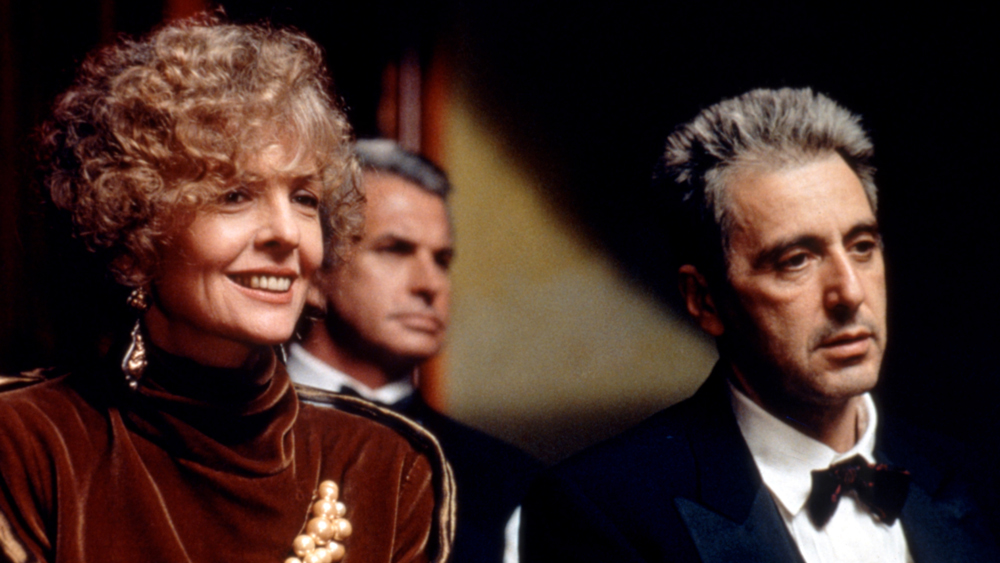
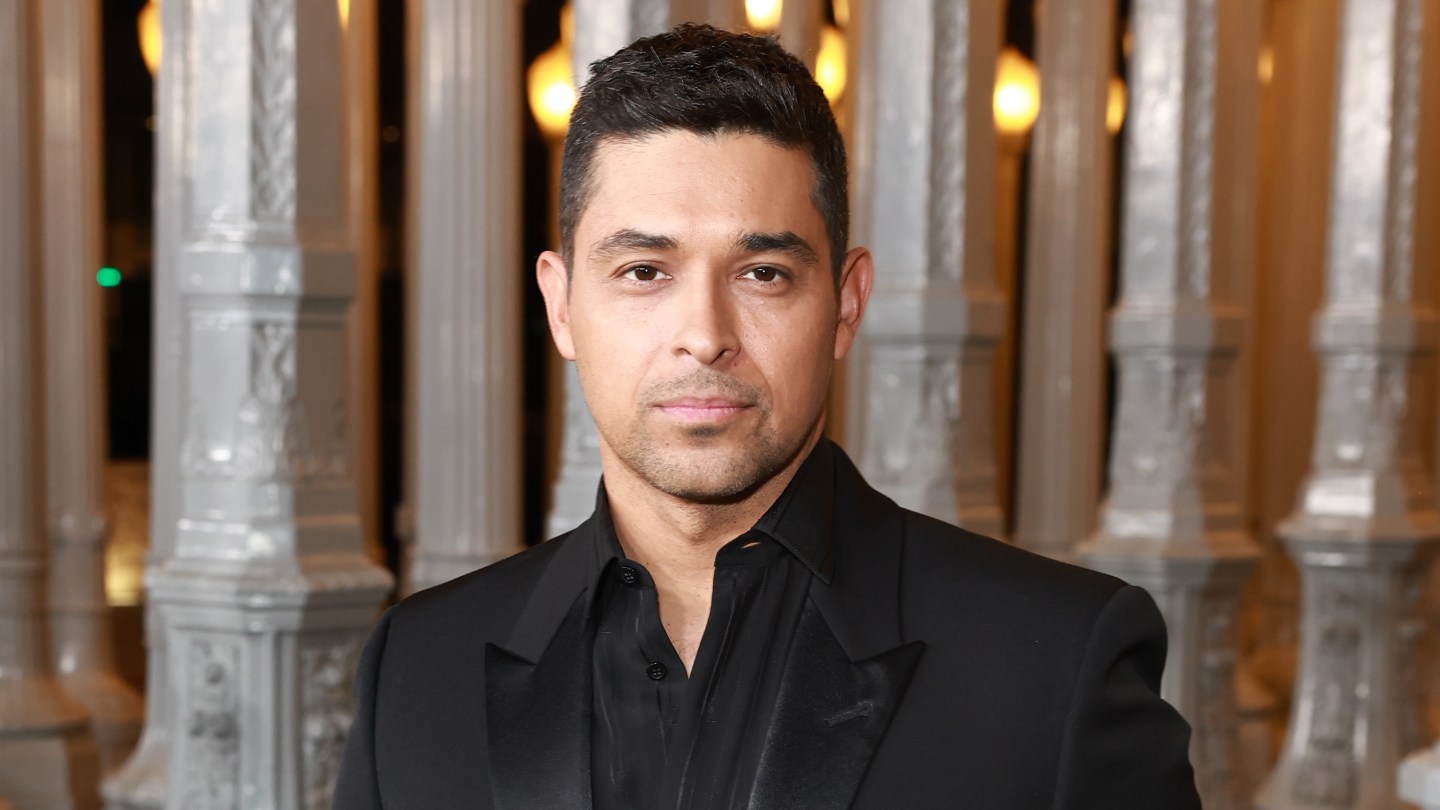
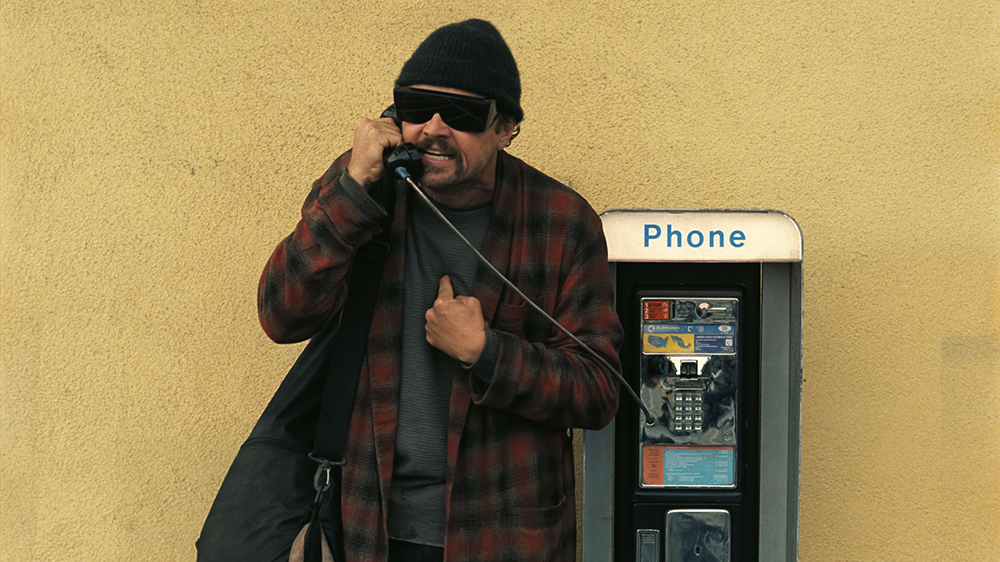



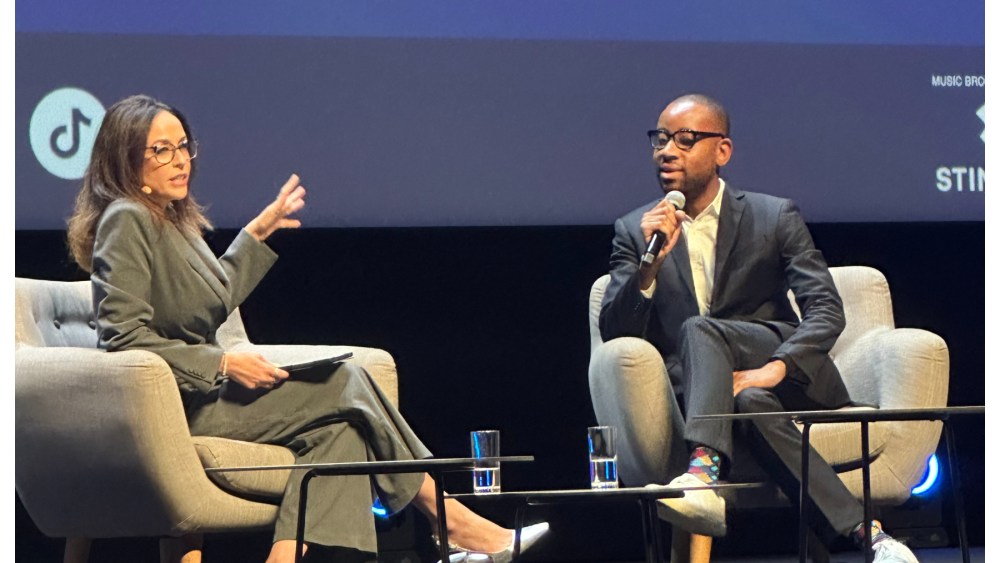
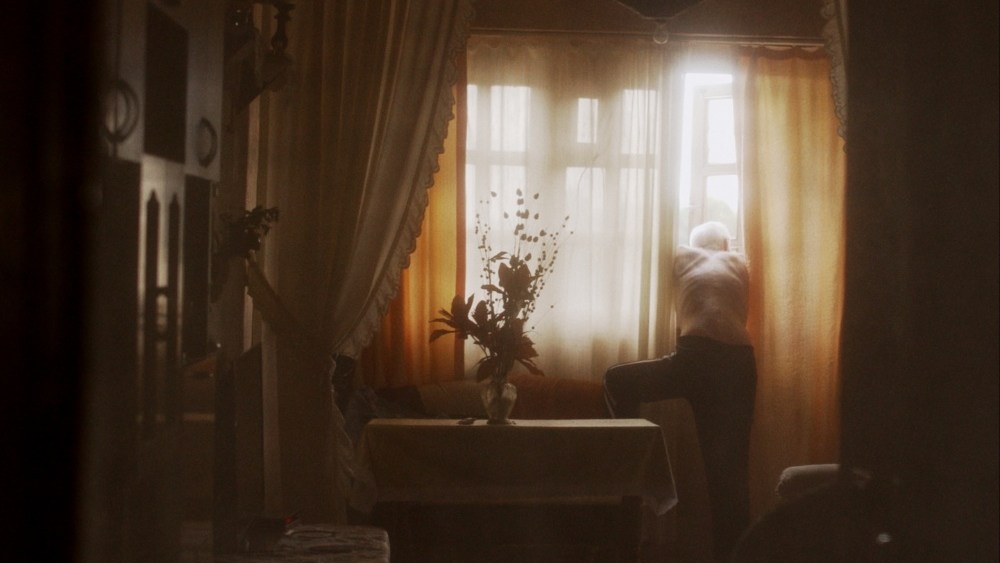

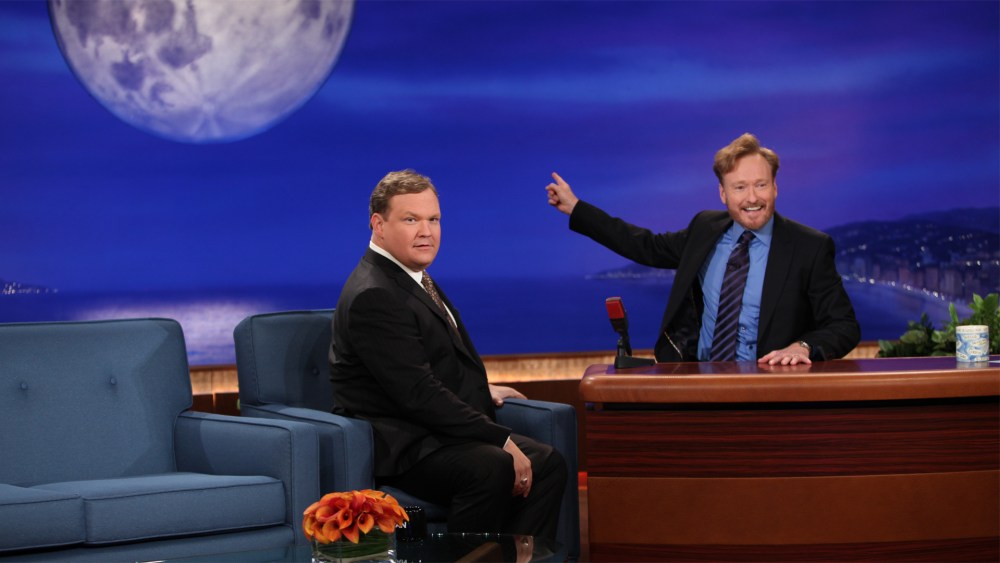
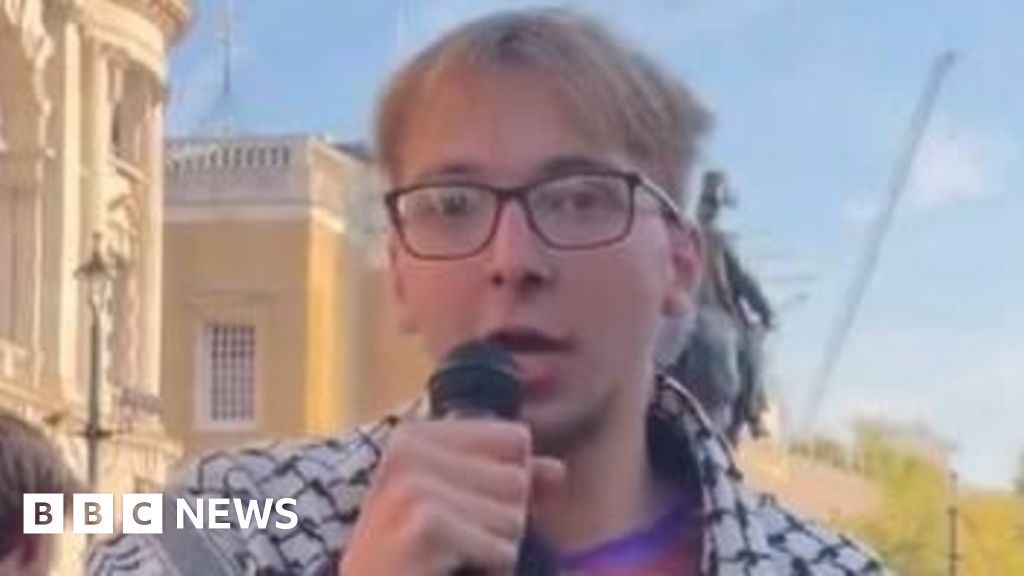



Leave a Reply